


& Risk Assessment:
Gathering plots-of-land / polygons geodata form the suppliers
―
Gathering detailed information on product sources and suppliers
―
Evaluating risks associated with deforestation, local legistations and business sustainability
―
Taking steps to minimize those risks
Each product delivery whereabouts (country of production, supply logistics, contractors)
―
Plots-of-land related to the delivery of production sites with batch data (production time and date)
―
Storage of the history data and activity logging (integrations, user's activity, reporting events)
& Risk Assessment:
Geolocations check against GIS
―
Due Diligence Statement
preparation and report
―
Downstream partners notification
―
Authorities reports
(regular and on-request)
Geolocation
and strict traceability
Sourcing raw material will likely be more challenging due to the current and potential supplier’s ability to comply with the regulation. Due diligence system should ensure geotags management and source transparency from each plot-of-land.
Evidence of geolocation by geotags and timestamps
―
Plot of land/polygon/stamp approach
―
Production at this plot-of-land is legitime
―
Supply chain transparency
should be proved
Risk assessment
and mitigations
Along with the geotags, for each order came to EU market, the risk assessment should be performed by the company. All supply chain routes where there is a risk of non-conformance should be elaborated, assessed and mitigated. Only no and negligible risks are allowed.
Conformance and trust to the information about the geolocations.
―
Risks of mixing the product on different routes, so each route to be assessed.
―
Country risk level is important
―
Yearly reassessments
Geolocation
and strict traceability
Company suppliers should provide full information about the plots of land and routes how the product is delivered to EU. Information should be verifiable and provided along with the Annex forms.
The company is legally responsible for verification and reporting of this information.
Plots of land, and any proof
of evidence (i.e. photos
with geotags and timestamps)
―
Production time & date
―
Delivery routes in the supply chain
―
Proofing documents:
invoices, certificates, etc.
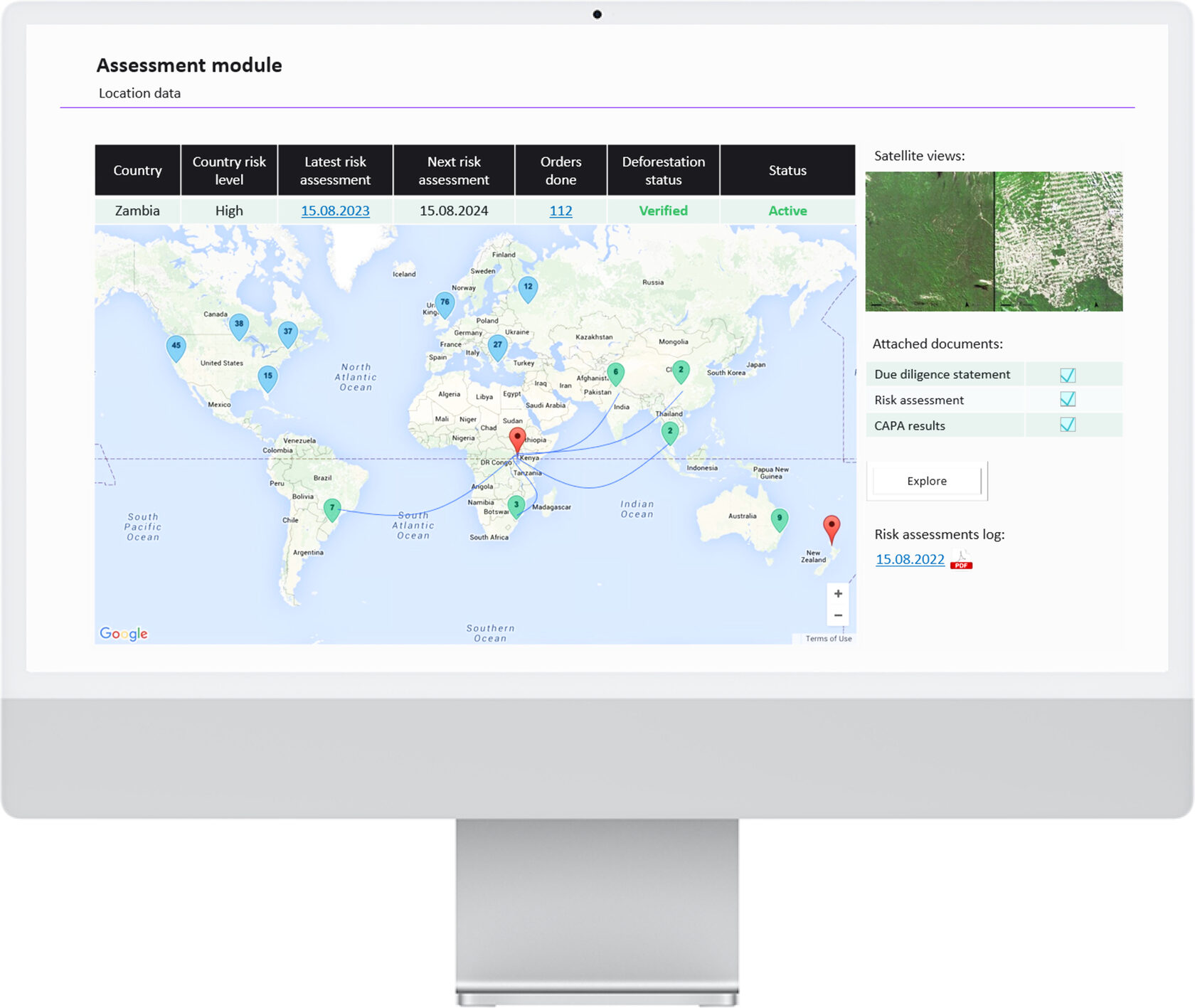
Each plot of land has connection to all orders that had this supply location. Data is kept in logs.
Location data and historical data can be downloaded or forwarded to the regulation authorities upon their request.
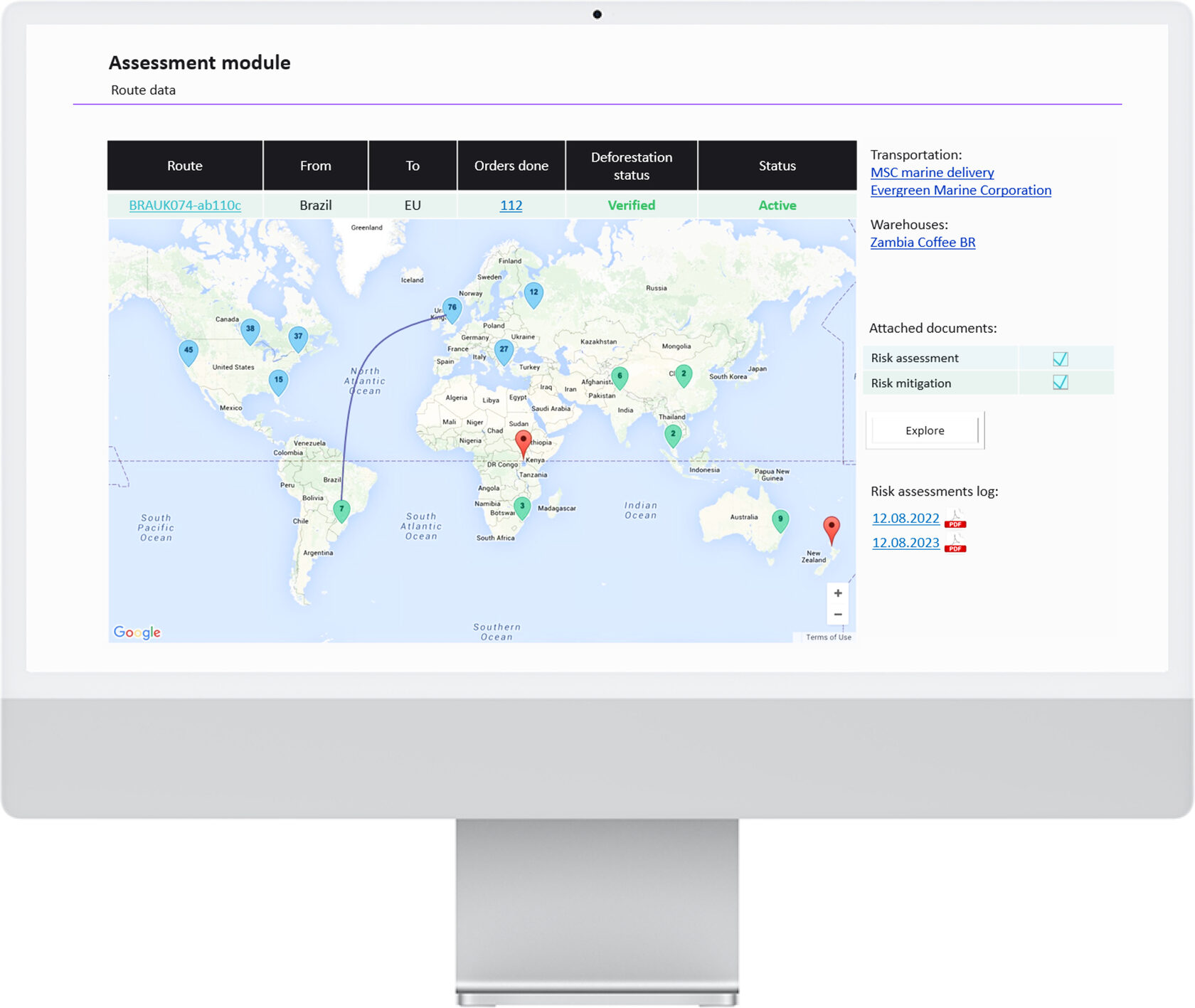
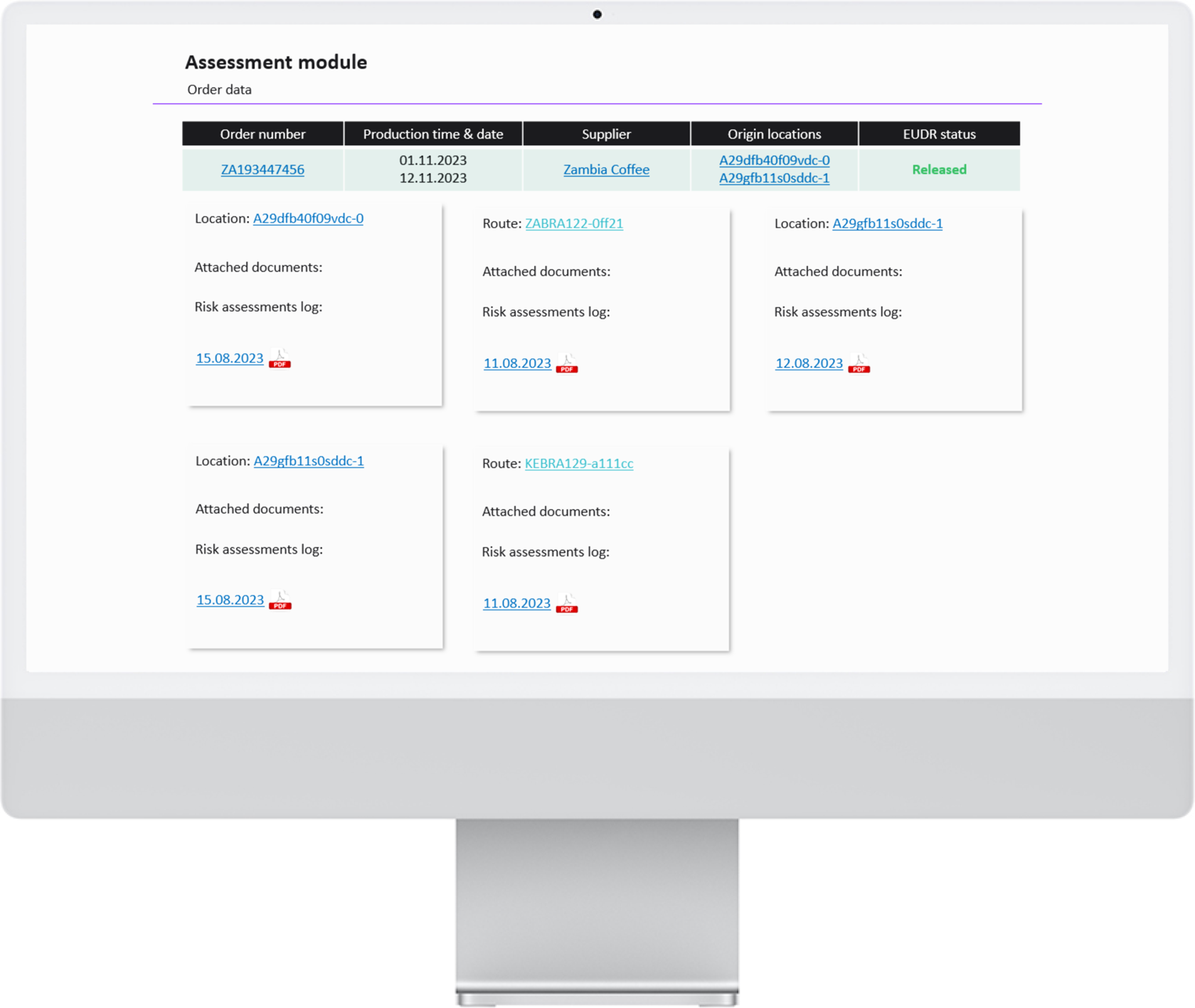
Due Diligence statement can not be reported if the assessment has unverified locations or routes.
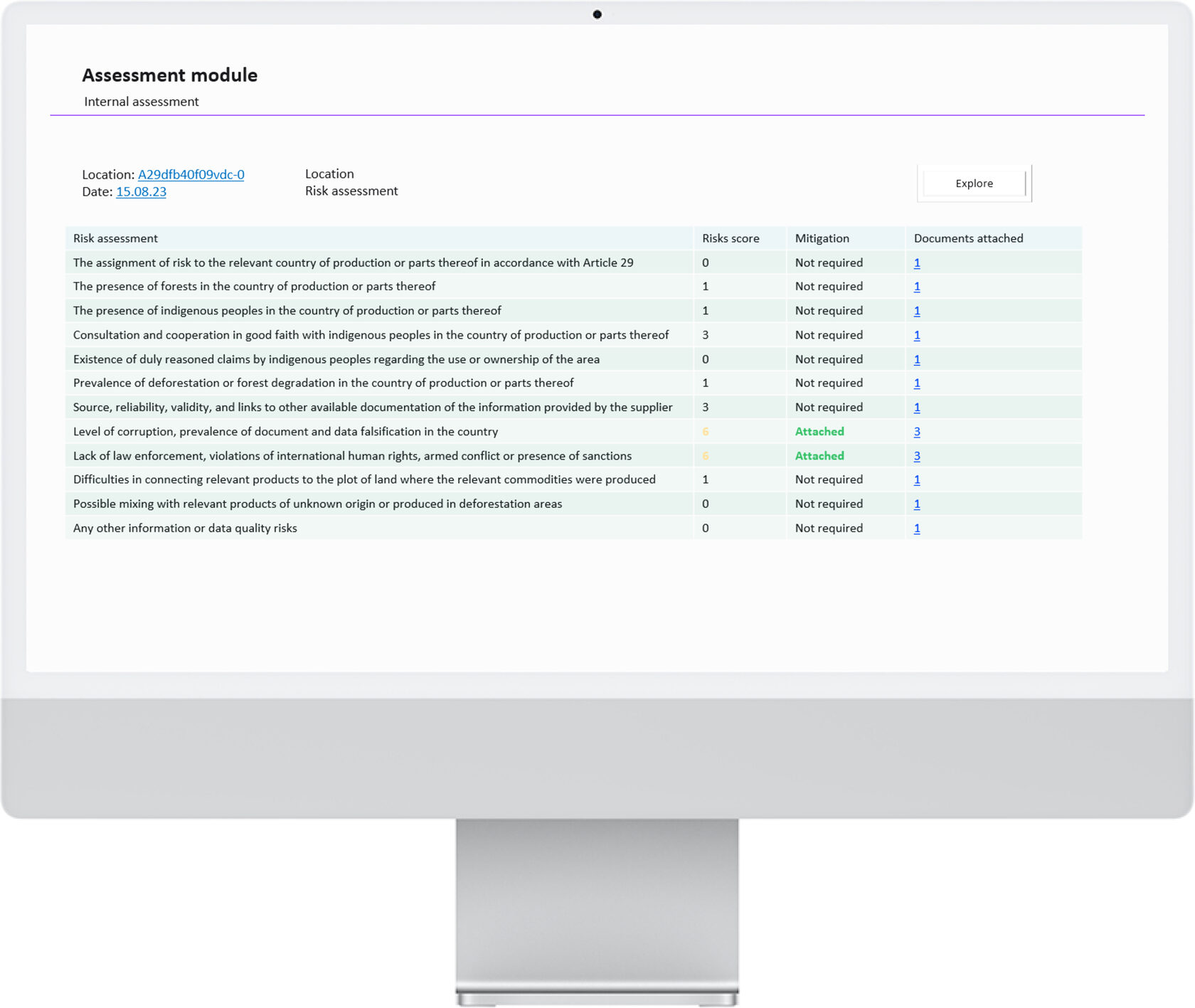
Risk assessment module may include check-lists related to each location / route risks, documents and mitigation steps.
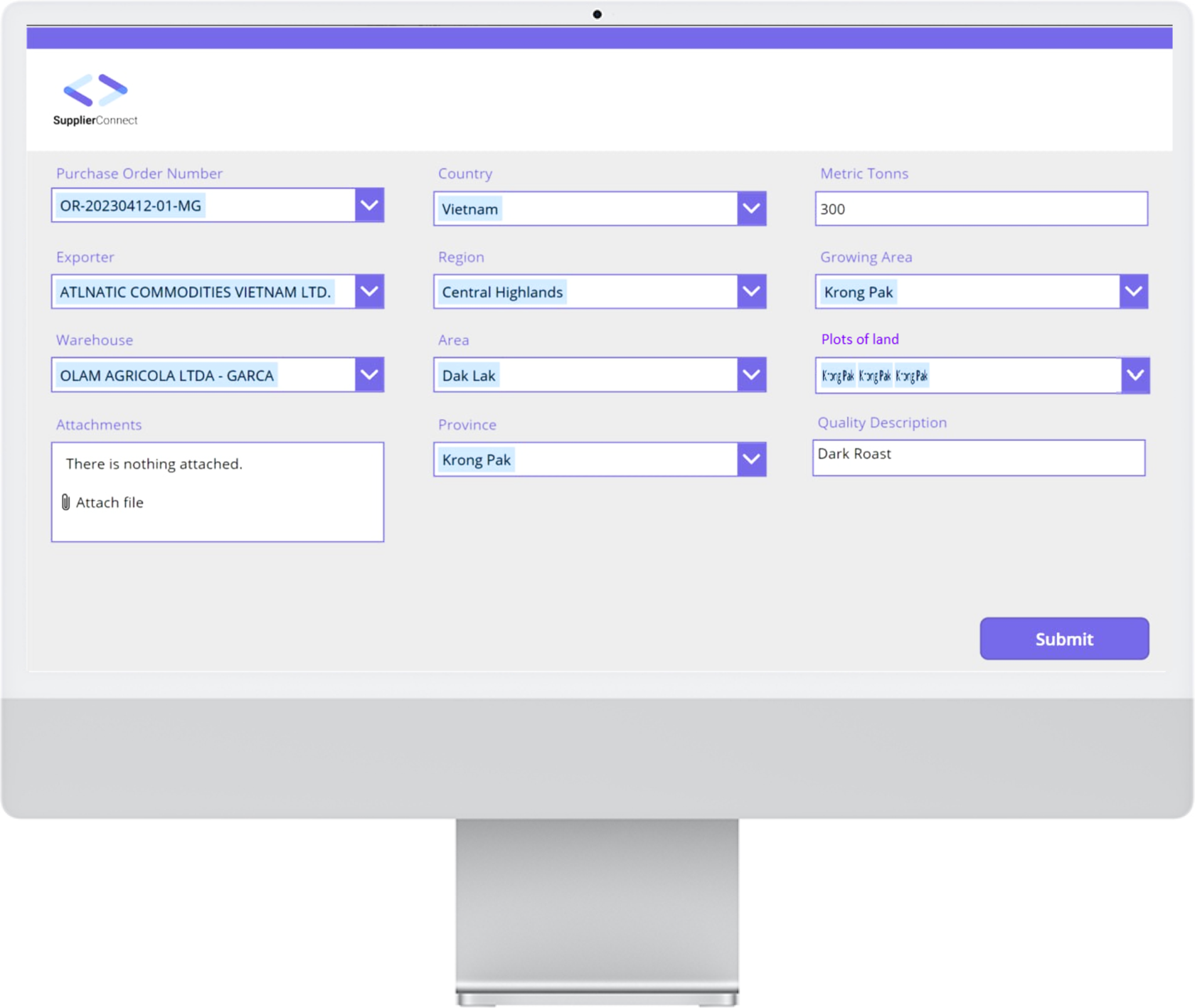
Partner uses DD system
For farmers
Mobile App for farmers
For upstream partners
Additional fields to annex form
Partner uses own system
API integration

Annex forms
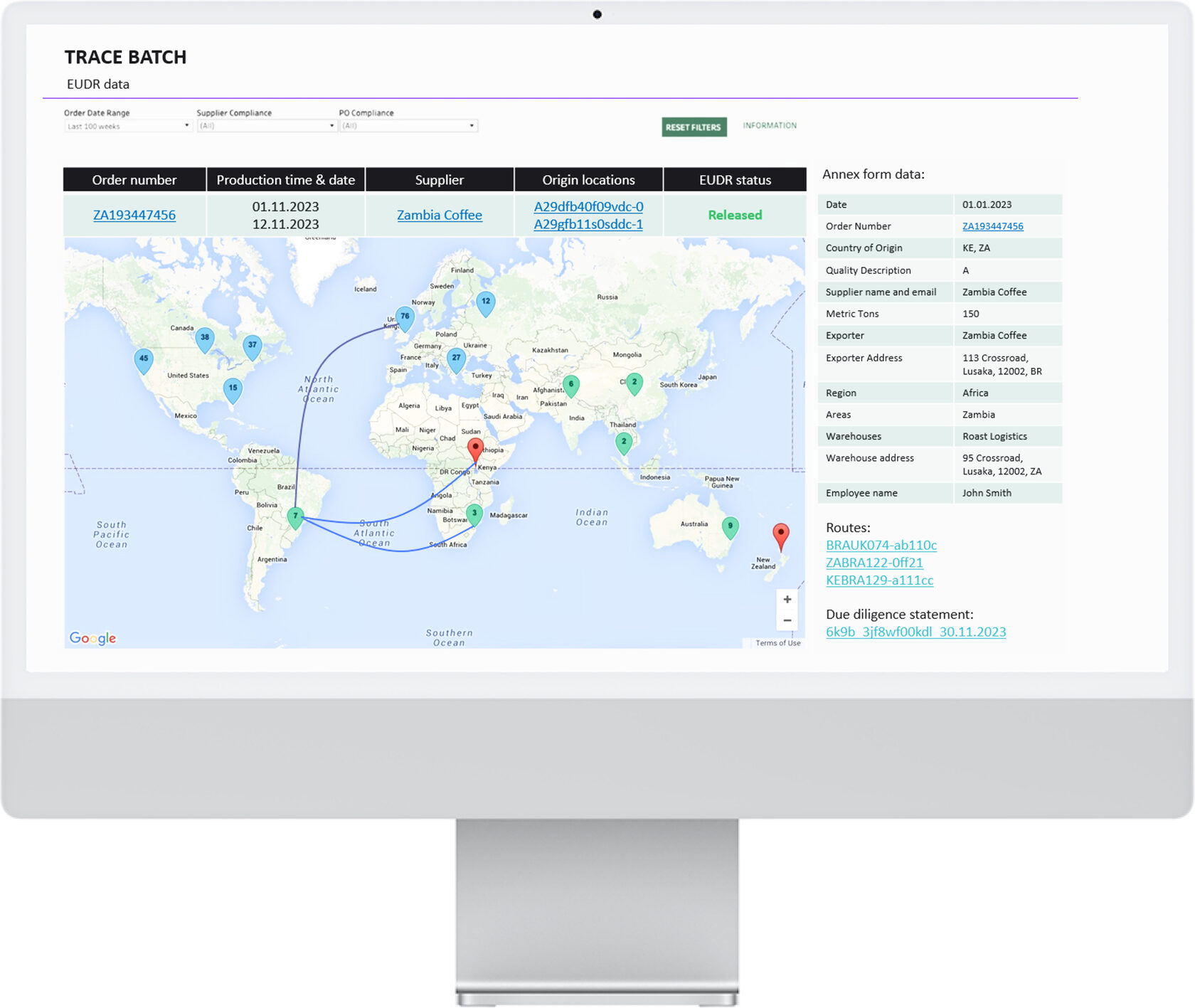
Along with existing data in Annex Form, the company supplier will have to choose the plots of land (locations under the Area), add production dates and other information, according to Article 9, when filling out the order.
Due Diligence system will keep all records, prepare and send the Due Diligence Statement
a state-of-art Due Diligence System
with EUDR reporting functionality
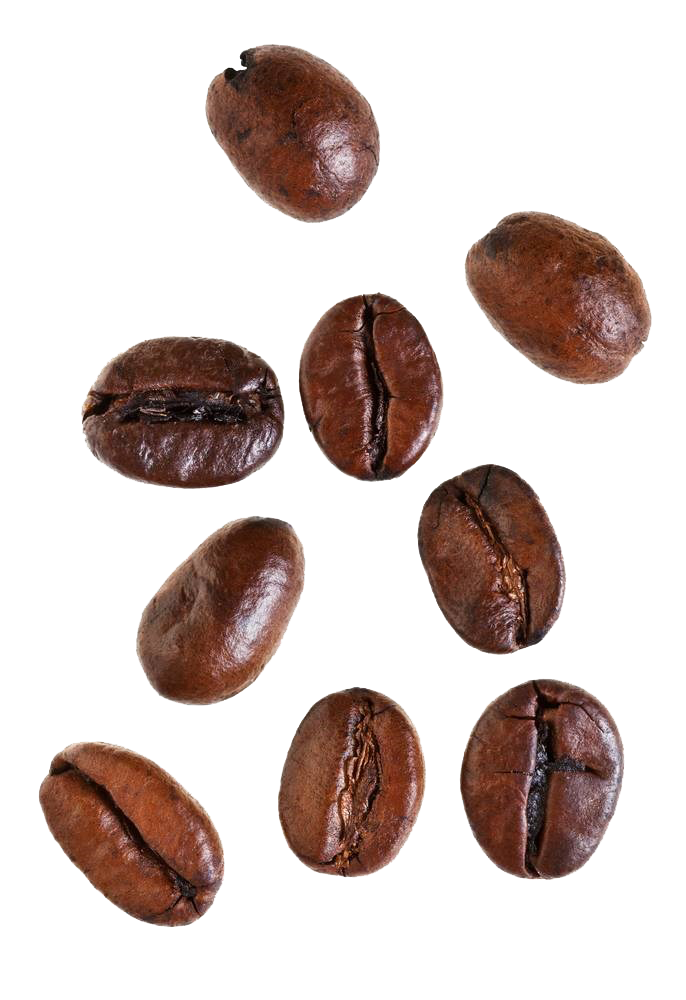
each component of the supply chain:
Location (plot-of-land), warehouse, route, supplier.
Can be integrated with ERP or MDM systems.
Can be integrated through API or filled-in trough suppliers form.
Detailed reports for risk assessment and mitigation can be attached in PDF format
Integration to Eco Vadis (or relevant audit system) is possible.
Location data includes verification with European Union Space Program (EGNOS/Galileo, Copernicus)
Each order consists of several components of the supply chain used fot the specific delivery.
Due diligence system automatically checks against the risk assessment. If everithing is OK, DDS report is prepared.
Risk assessent information and component status (blocked / released) is highlighted.
All data can be set-up in PDF report required in your yearly Sustainability Report, or by request of authorities (for the specific order, batch, period of time) in few clicks, to proof the deforestation status and risks.